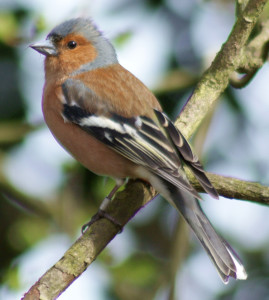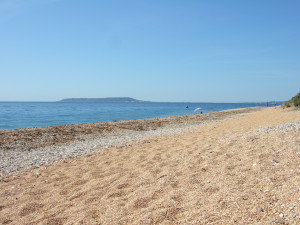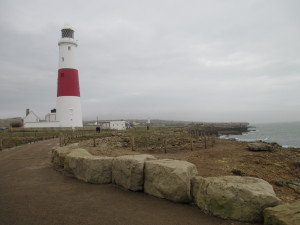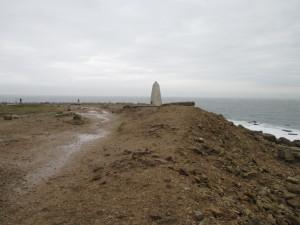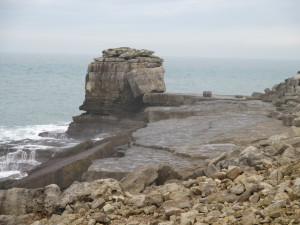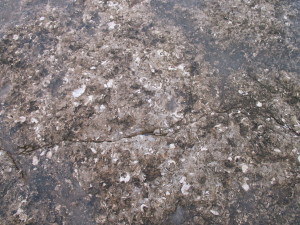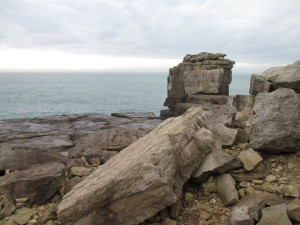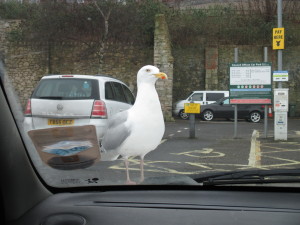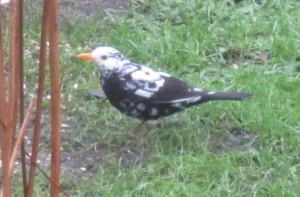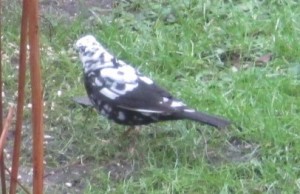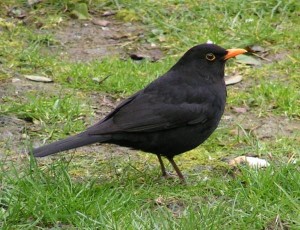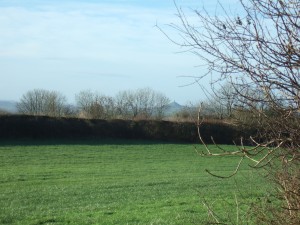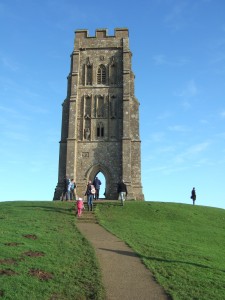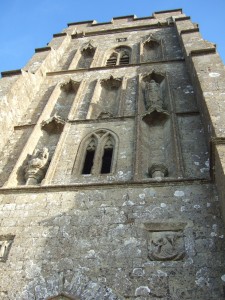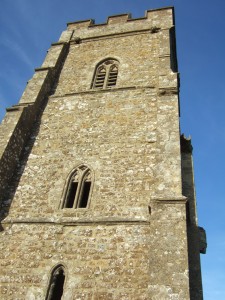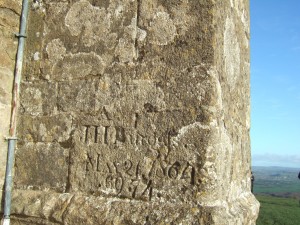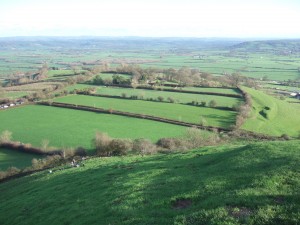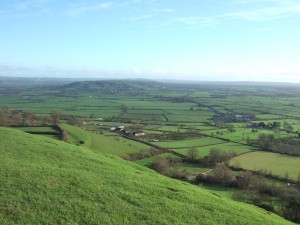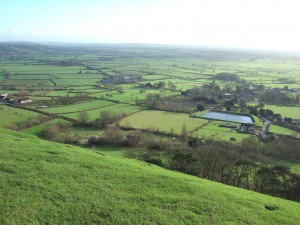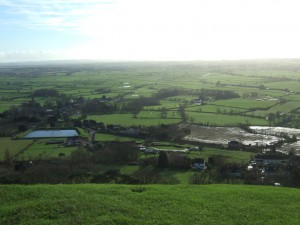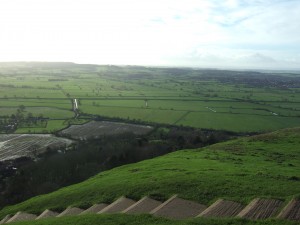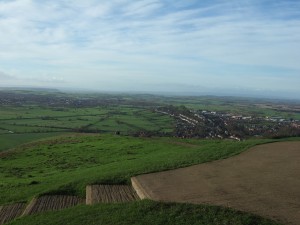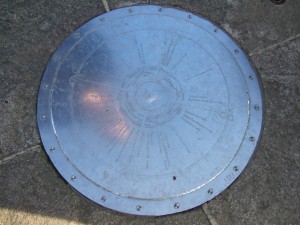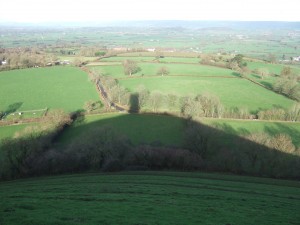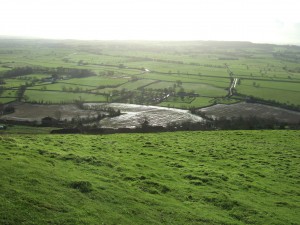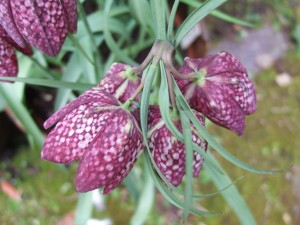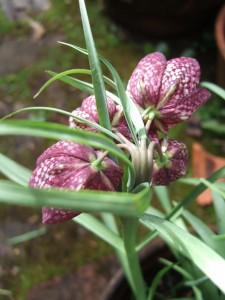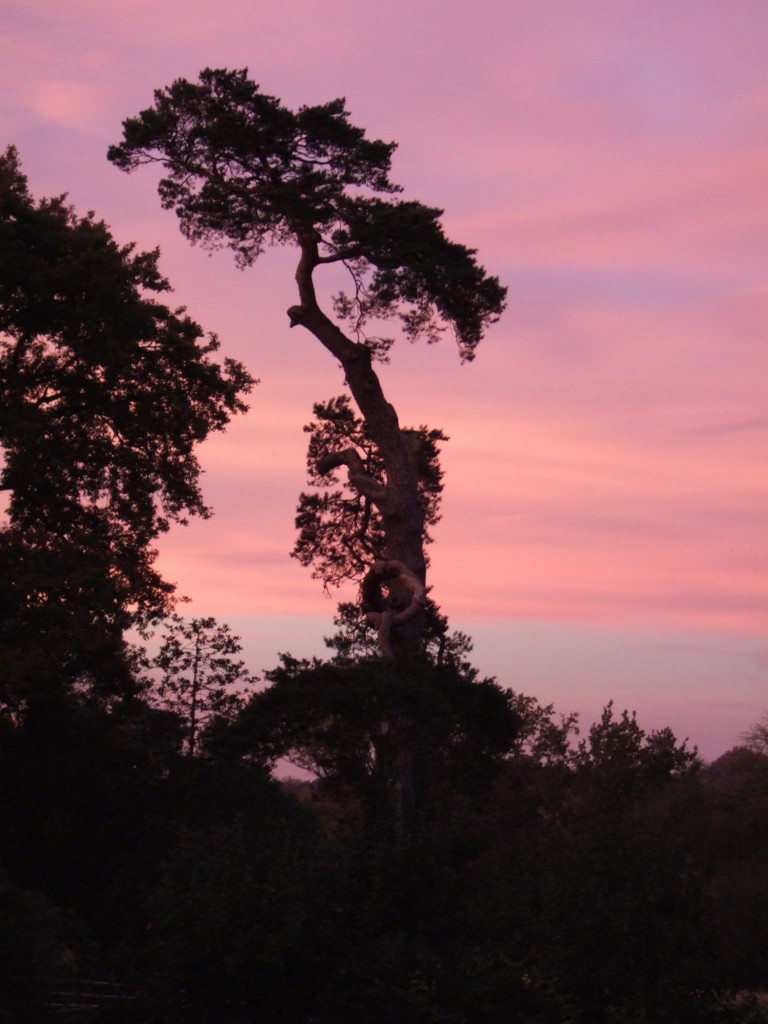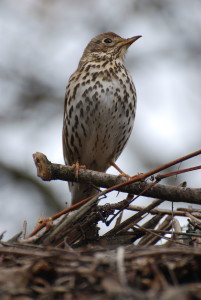Every year, on the last weekend in January, the Royal Society for the Protection of Birds (RSPB) asks the British public to take part in the largest wildlife survey in the world: The Big Garden Birdwatch. We are asked to sit and watch our gardens for an hour, and to count what species and numbers of birds we see during that time. The results help the scientists at the RSPB to get an idea of the health of our bird populations.
Chap and I do this every year. Normally we do it at the same time, with one of us watching the front of the cottage (where our small garden is) and the other watching our tiny back yard. This year we’re doing it slightly differently: I did my stint yesterday, and Chap is doing his today as I type.
Our kitchen has a window that looks out over the back yard. There is a bird feeder with sunflower seeds hanging about a metre from the window, and we have a ‘borrowed landscape’ of our neighbours’ garden, with its shrubs and trees and fat balls in a feeder. I have to admit that I probably slightly skewed the results yesterday: we were sitting at the kitchen table when Chap glanced up and saw a goldcrest (Regulus regulus), creeping about and poking for bugs among the white mossy froth of the woolly aphids that live on the old apple tree. We haven’t seen a goldcrest in the garden for years. At that point I said ‘I’m starting the Bird Watch right now’.
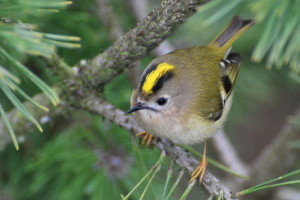
Female goldcrest (Regulus Regulus). Photo by Missy Osborn.
It’s always a very zen time, just taking an hour to do nothing other than watch the wildlife around us. I watched two robins (Erithacus rubecula) having a noisy territorial dispute, with lots of chest puffing and chasing each other, and the occasional physical spat. They were so wrapped up in their fighting that they didn’t notice the third robin who crept in and had a good feed while they were scrapping.
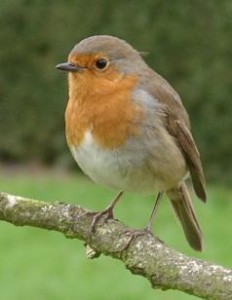
Robin (Erithracus rubecula). Photo by Ramin Nakisa.
A pair of blackcaps (Sylvia atricapilla) visited the sunflower feeder too, separately, but I hope they are a breeding pair.
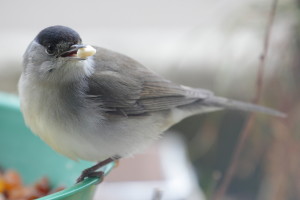
Male blackcap (Sylvia atricapilla). Photo by Spacebirdy.
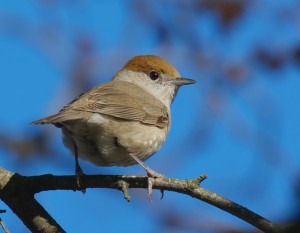
Female blackcap (Sylvia atricapilla). Photo by Stefan Berndtsson.
The fat ball feeder attracted a gang of noisy house sparrows (Passer domesticus),
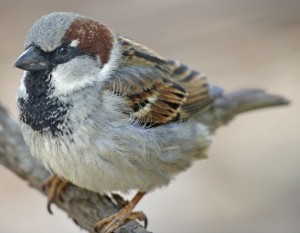
Male house sparrow (Passer domesticus). Photo by Lip Kee Yap.
whereas the sunflower seed feeder was preferred by the even bigger gangs of goldfinches (Carduelis carduelis) – our most common garden bird here.
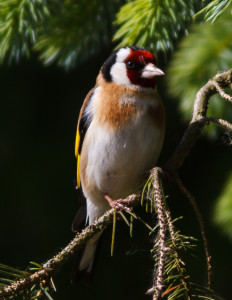
Goldfinch (Carduelis carduelis). Photo by Ómar Runólfsson.
Last year’s results are impressive: over half a million people took part, counting a total of 8,546,845 birds in total.
There is still time to take part: the survey runs til midnight.
RSPB website
